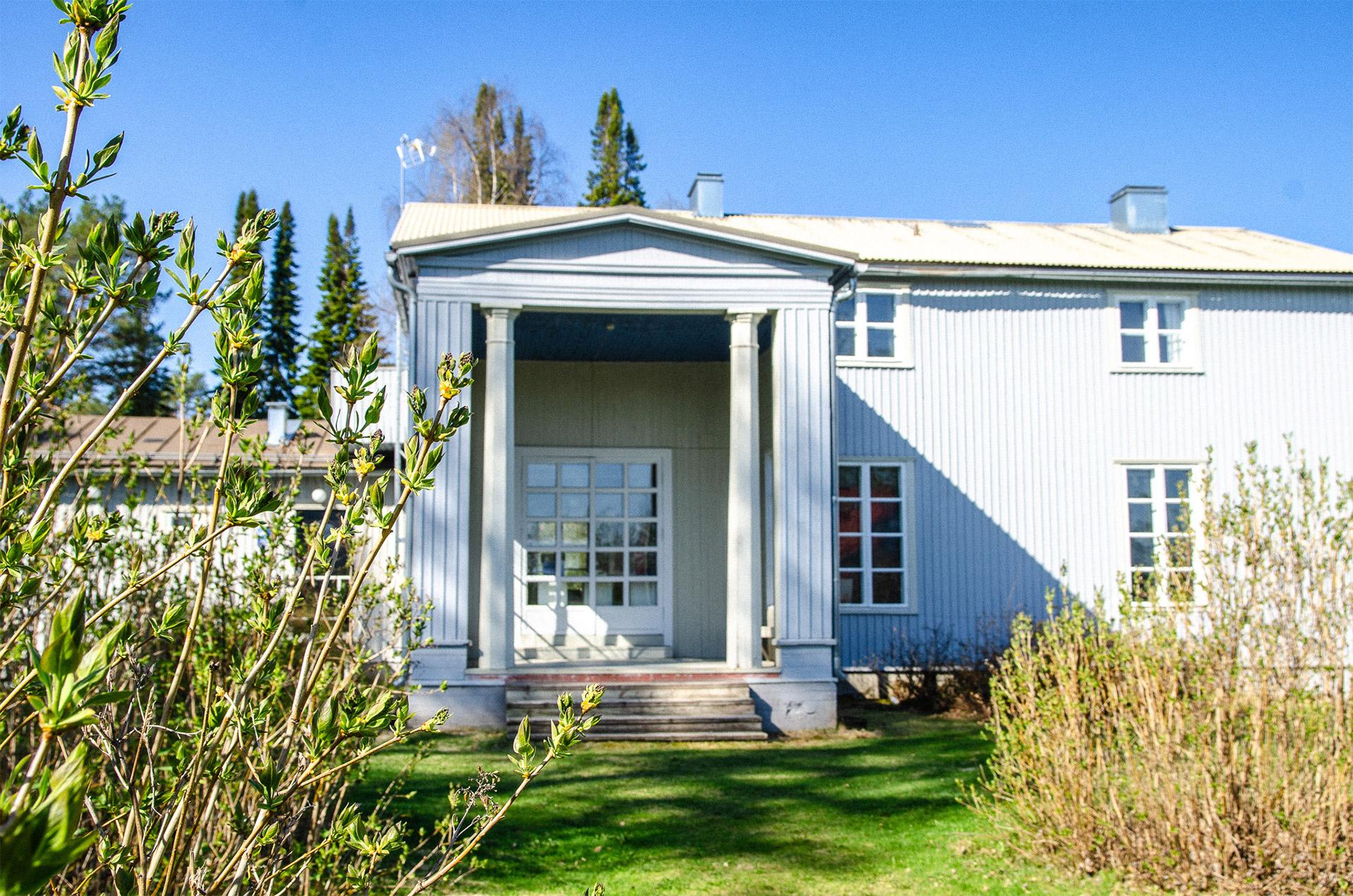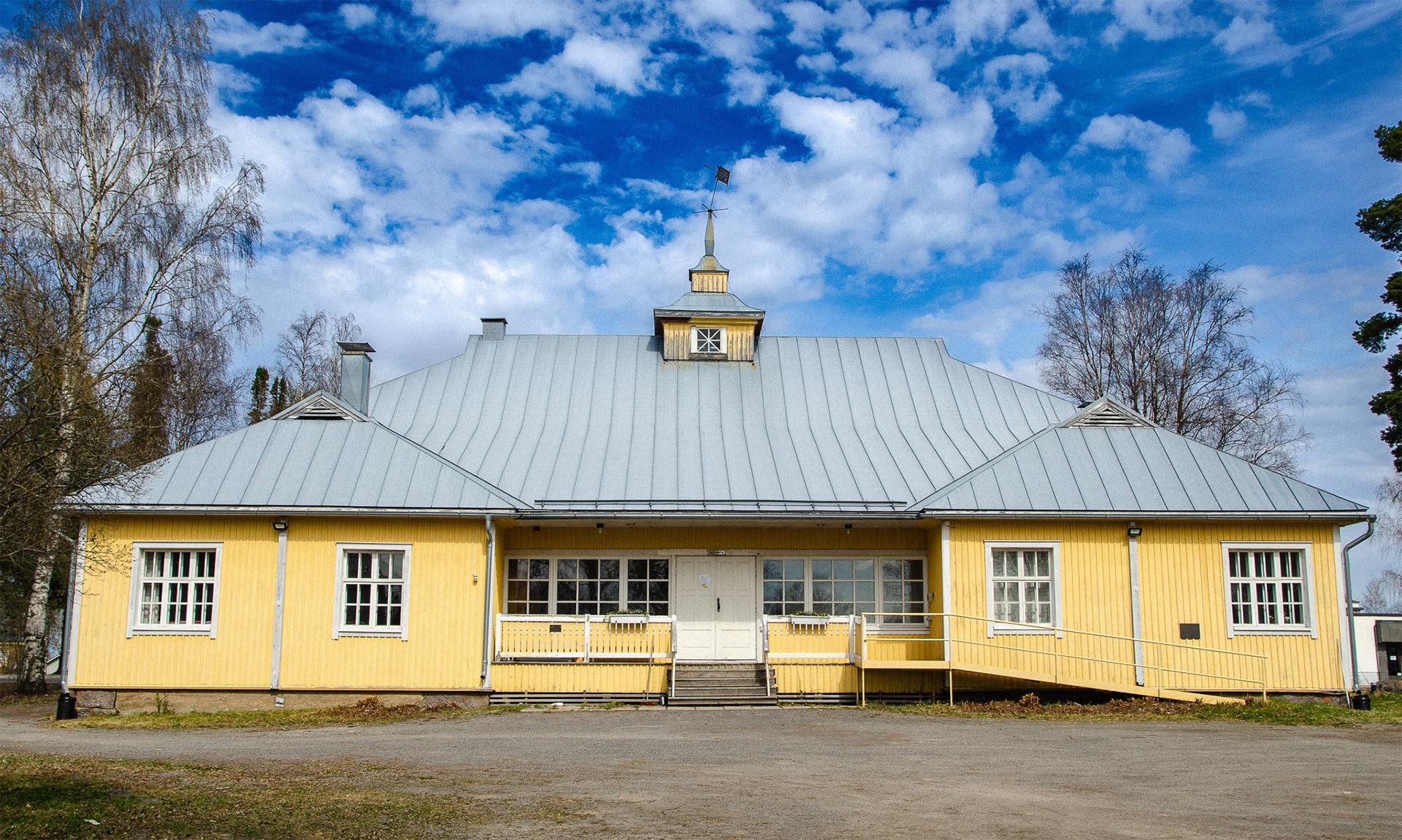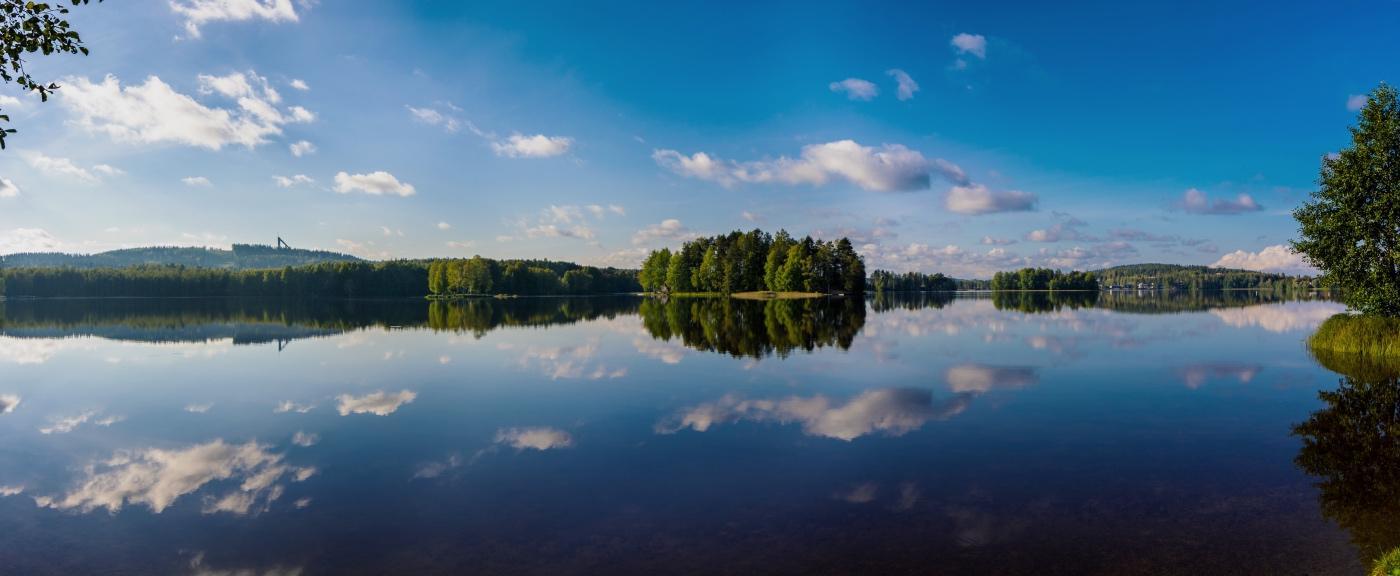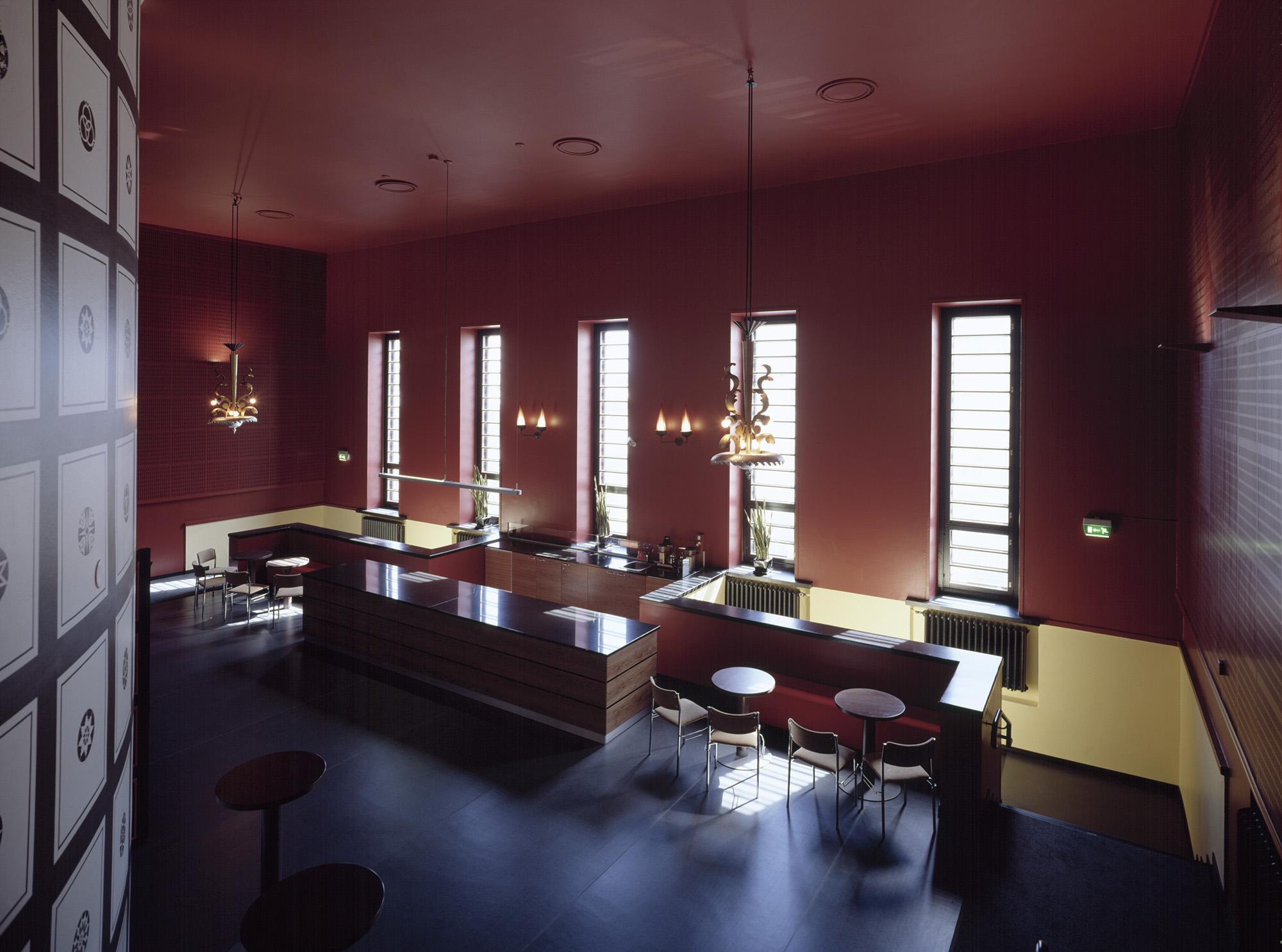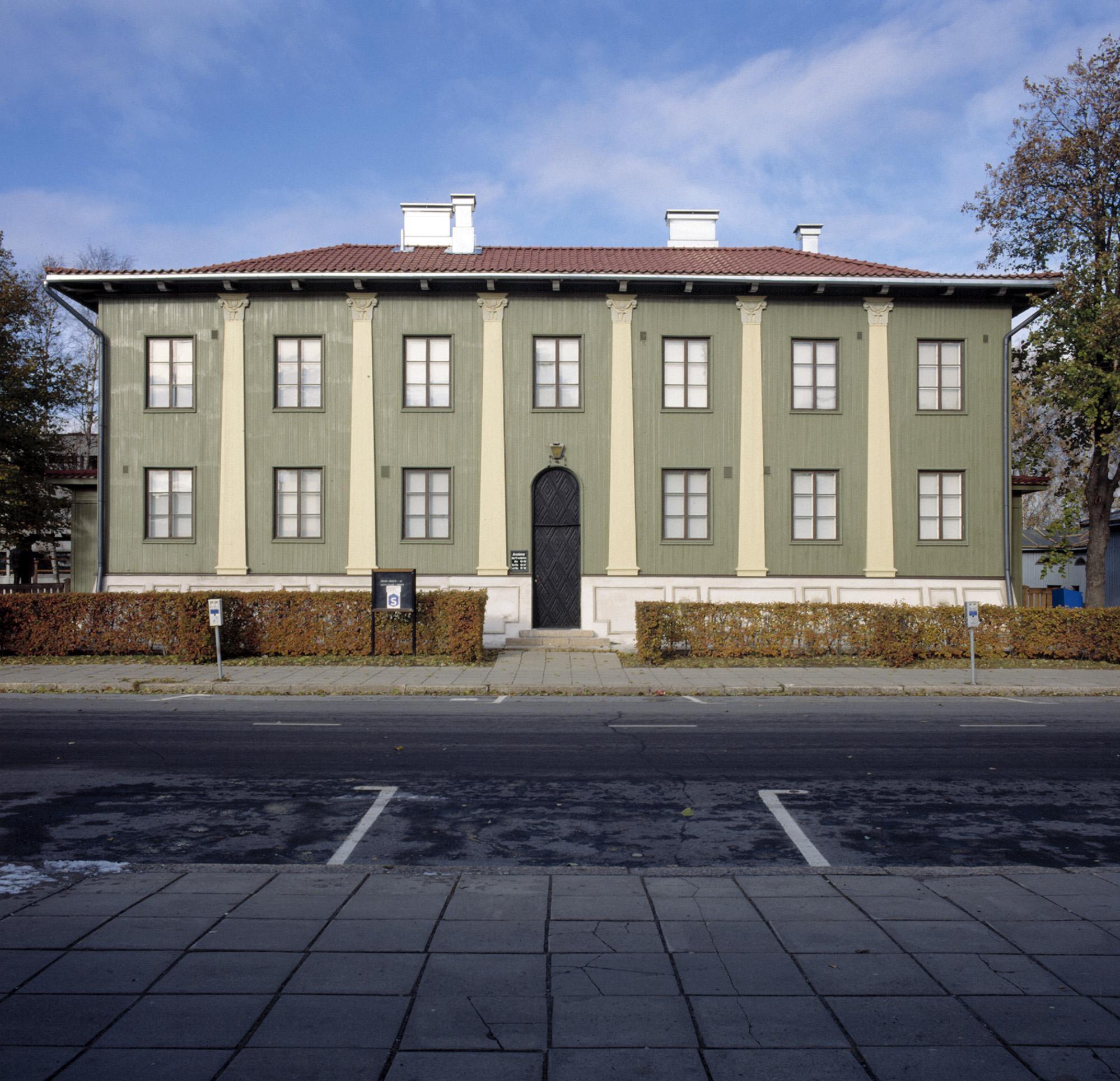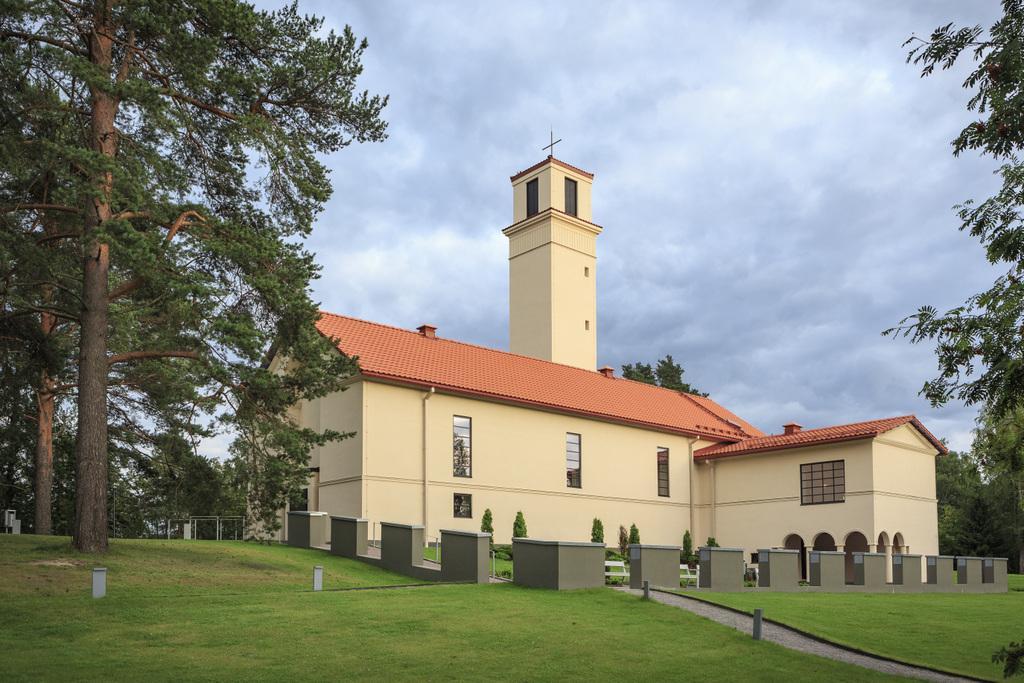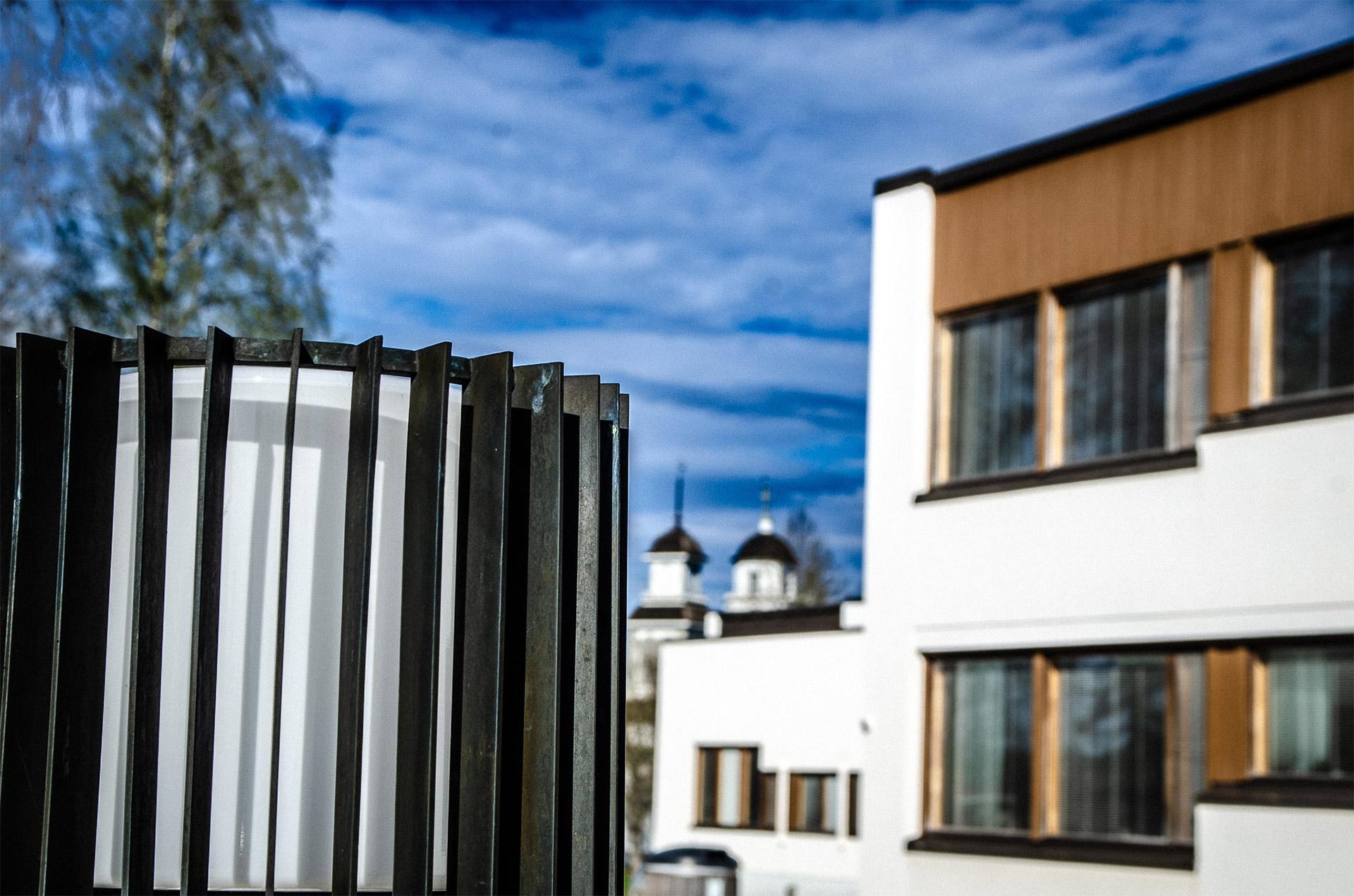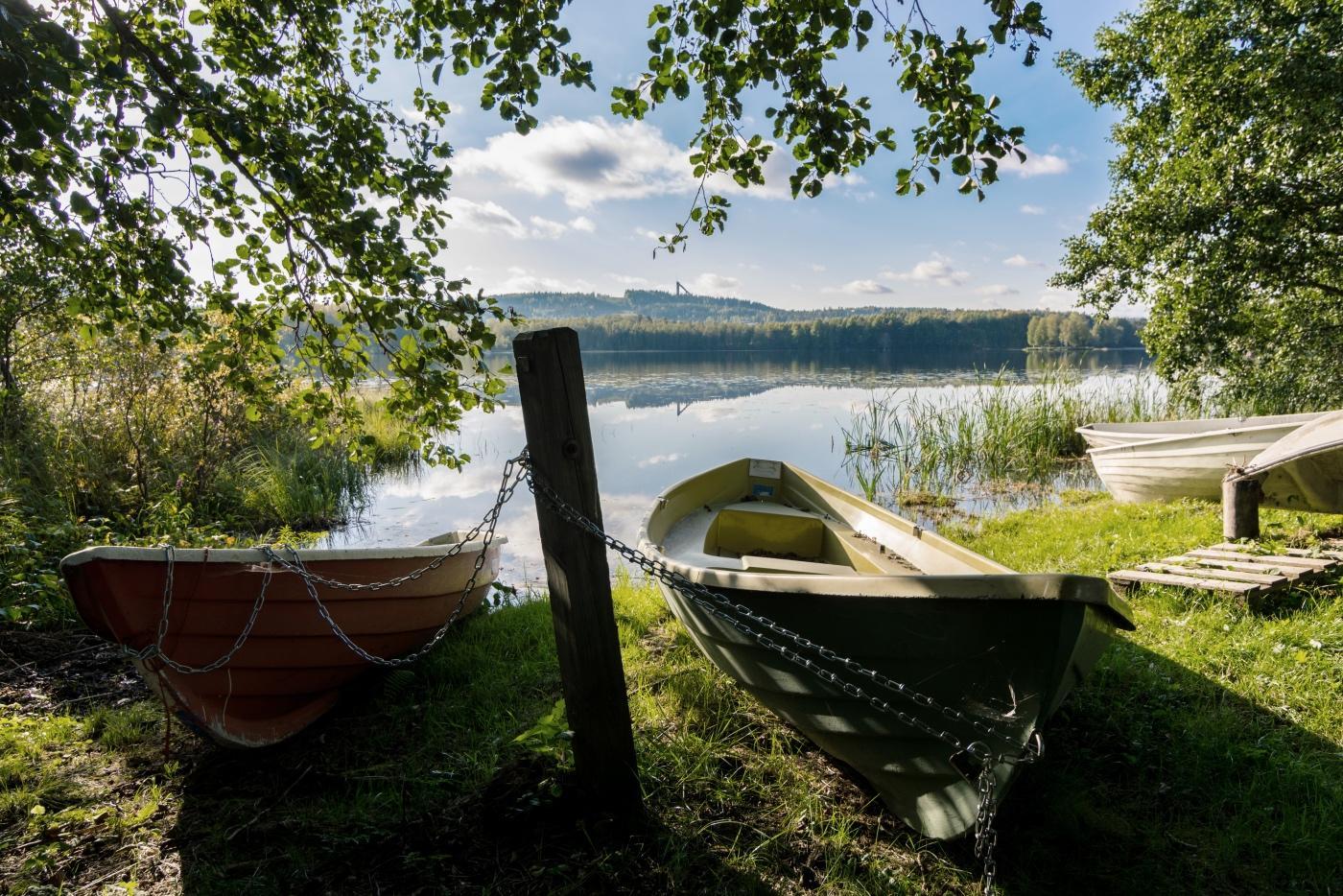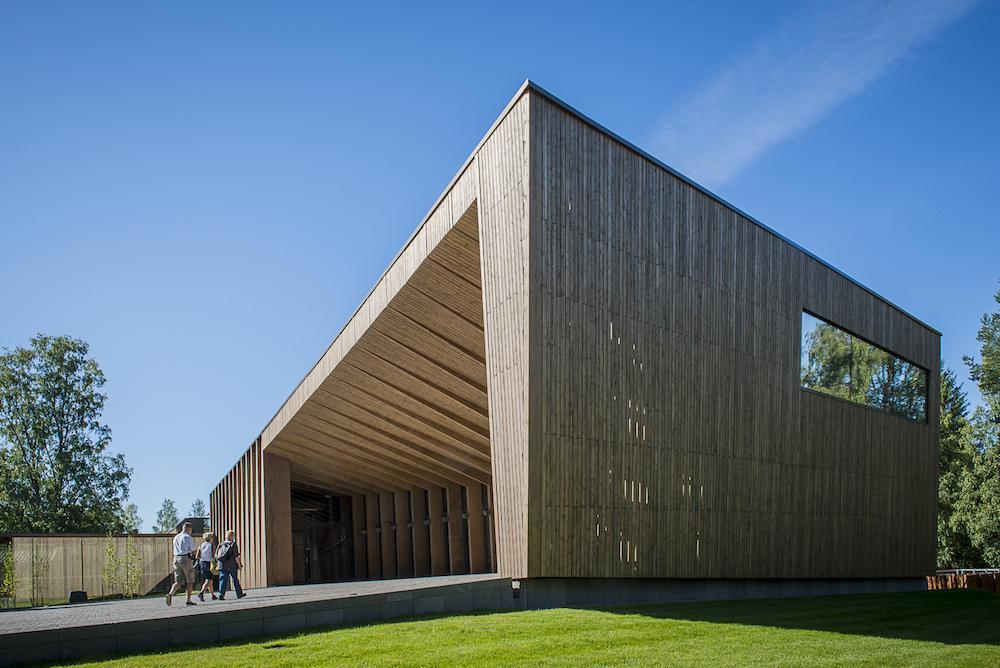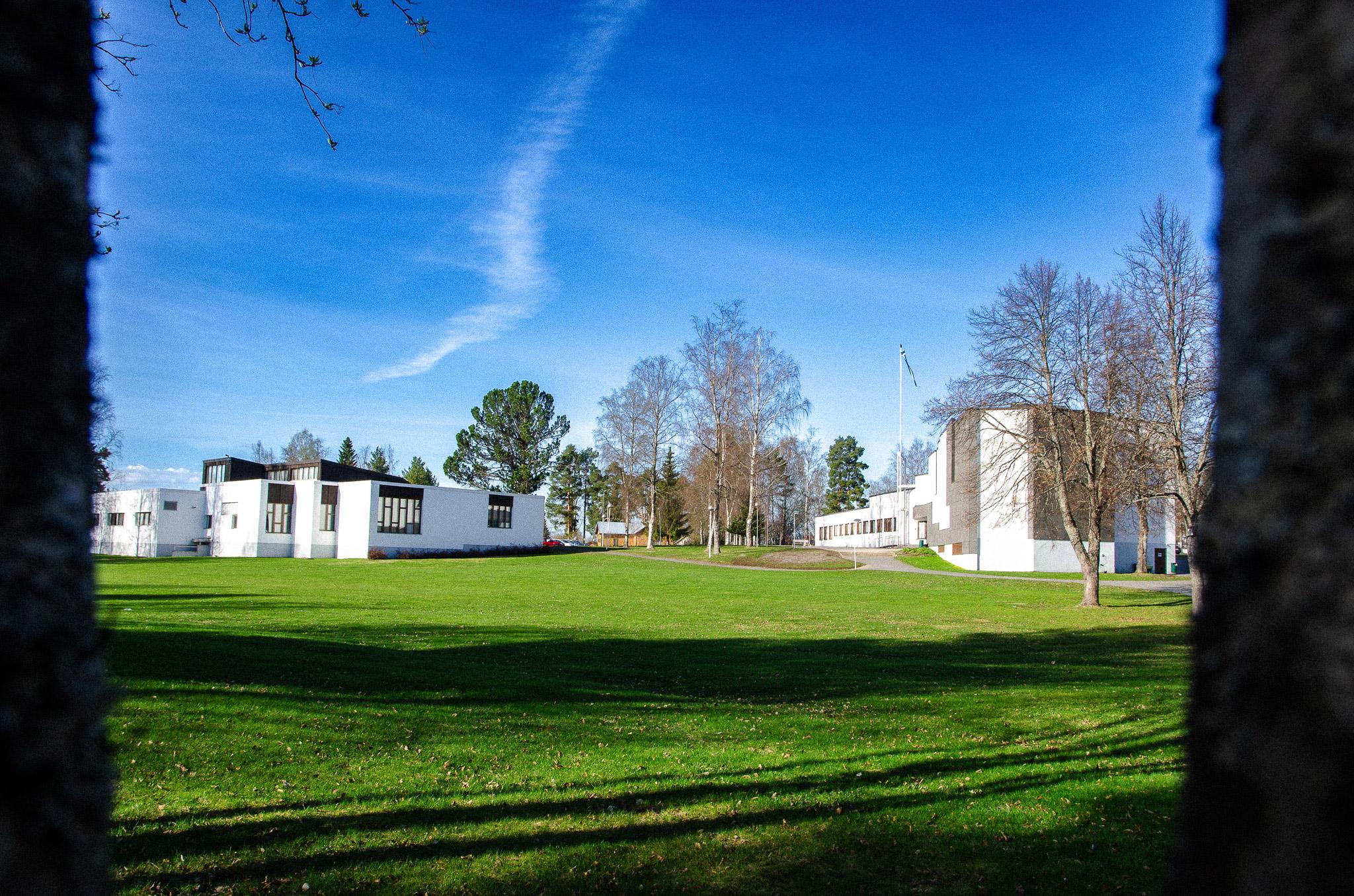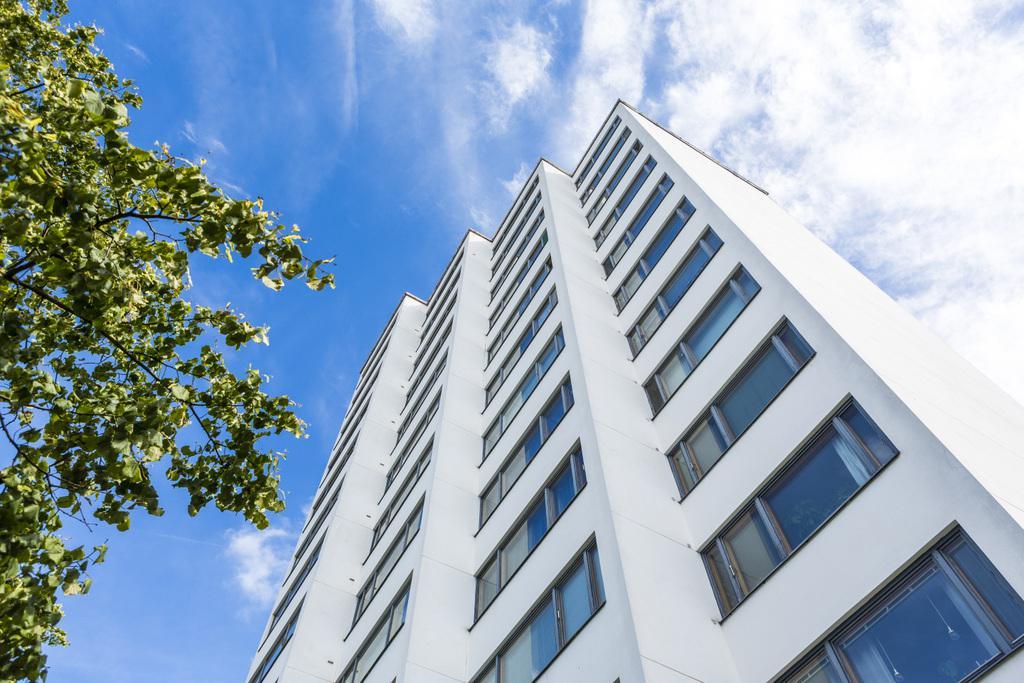Nelimarkka Museum
The Nelimarkka Museum in Alajärvi was founded by the painter and professor Eero Nelimarkka (1891-1977) in 1964. The building was designed by his friend, the architect Hilding Ekelund. Since 1995 it has functioned as the Regional Art Museum of Southern Ostrobothnia. It focuses on displaying regional Ostrobothnian art, but art education also plays an important role in its activities.
Temporary exhibitions, workshops and events for visitors of all ages are organized regularly. Since the mid-1980s the museum has also run an international residency program for artists. In the summertime you can enjoy coffee and cake in the light atmosphere of the museum’s: “Café de Nelimarkka”. The museum shop is open year-round. You can book a customized tour or a workshop at the museum. The Nelimarkka museum maintains as well the nearby Villa Nelimarkka and Villa Väinölä, located in the centre of Alajärvi.
Villa Väinölä
Alvar Aalto designed Villa Väinölä as his brother’s home and office. It is said that Aalto drew the first version of the building after his honeymoon to Italy. Villa Väinölä’s original plan, sketched in 1925, was based on drawings made by Aalto of ancient roman atriums witnessed in Italy. However, the plan was found to be too expensive and visionary to implement, so Aalto simplified the design according to his brother’s wishes, and a more affordable version of the building was completed in 1926. Aalto also designed an outbuilding at the north end of the main building, which was completed in 1938.
Väinö Aalto and his family moved away from Alajärvi in the early 1950s, and in 1952, the municipality of Alajärvi bought Villa Väinölä. During the ownership of the municipality of Alajärvi, an additional wing was added to the southern end of the building, in order to function as a reception area for a doctor’s office that operated in the Villa at the time. Villa Väinölä has at one time hosted also a tax office, a dental office and leisure offices of the municipality of Alajärvi, as well as housing and building inspection offices. The ownership of the building was moved over to the Nelimarkka Museum in 2015.
The latest renovation of Villa Väinölä was completed in the spring of 2018, and it was financed with the help of the National Board of Antiquities, Aisapari and the City of Alajärvi. Exhibitions, events and architectural residencies are currently organised at Villa Väinölä. Through the Nelimarkka Museum, the building can also be booked for meetings and private parties.
